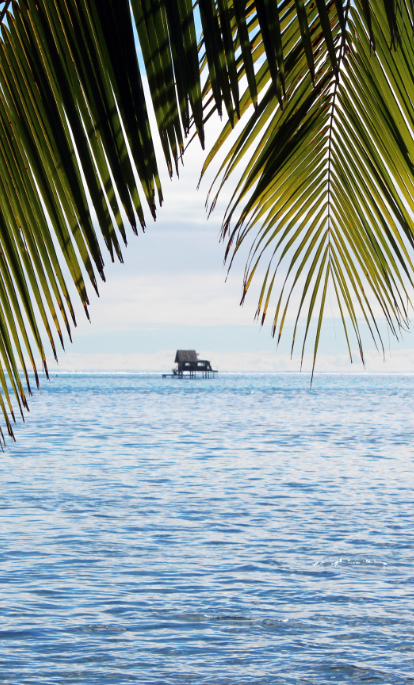Malaysia's climate varies by region although it generally has a dry season and two monsoon seasons. For example, the peak tourist season on the east coast of the Malay Peninsula is May-August, whereas the west coast is popular from November to January. Borneo has a unique climate as it rains year-round, with a peak from November to January. If travelling to Malaysia outside the high season, expect warm and humid weather, which is best avoided. Also steer clear of the school holidays (late November to early January), which attracts hordes of local tourists. Our experts explain below their recommendations on the best time to visit Malaysia.
January: not recommended across the entire country
Generally speaking, give Malaysia a miss at the beginning of January because the school holidays are still in full swing. Also, avoid the east coast as much as possible as there are heavy rains and boat transfers to the islands can be unreliable or sometimes totally non-existent.
The situation on the west coast is fairly similar, even though there is a little less rainfall. The only exception to the rule is the Langkawi Islands with beautiful sunshine and clear skies. This is the perfect time to get a panoramic view from the Sky Bridge and Gunung Raya viewing platform over the rainforest.
The rest of the country also experiences significant rainfall, whether it's the south-west with thick fog and showers as well as high heat, or the south, which is very humid towards Sandakan.
February: go north
The east coast is still under a deluge in February so it's not thr best time to visit Malaysia. The outlook is a little more mixed on the western side as the rainfall does tend to abate, and mostly only occurs in the morning or at nightfall. Therefore, the best time to plan trips is during the day.
In contrast, the northern part of the country towards Kota Baharu is very sunny from February to April, with little rain. The city offers a chance to soak up the local culture as traditional arts feature prominently in the many local markets. February is also the best time to visit as it's the warmest month of the high season.
It showcases the south-west better as the weather improves. The fog clears away more quickly and the rains ease off at certain times of the day. Best to plan trips for the mornings though, as there can be heavy rainfall in the afternoon and evening. The south is the same as always, dominated by heat and humidity.
March: avoid some areas
The monsoon continues to strike the east coast of the peninsula and the coastal areas of Sabah and Borneo. And from mid-March, the west coast is also heavily affected by heat and heavy rainfall.
The heat is still bearable in the north-eastern part of the country and sunshine is the order of the day, interspersed with light rains. These are the best places to visit, as well as those in the south-west, with similar weather conditions. Pangkor Island is highly recommended at this time of year. Fairly well preserved, it's a haven for swimming, canoeing and trips to traditional villages.
April: not ideal
The east coast is in the last month of the monsoon season and is not yet suitable for visiting. The west is the same as ever: the rain still hammers down no matter what time of day.
While the heat was tolerable in March in the north-east, by April it's fairly uncomfortable. But at least it has lighter rainfall than on the coasts mentioned. The warm weather also invades the south-west and the eastern side of the country.
Only Borneo is different as April marks the start of a period of respite until the month of October, when inhospitable conditions return. It's a haven for nature lovers: the island is home to many sites protected from tourism where tropical wildlife abounds.
May: better days ahead
The east coast finally emerges from its tropical slumber and starts to offer more appeal. By contrast, until mid-May, the west coast is still cloaked in heat and humidity. The heat is most intense in the north-west, reaching 35°C in the middle of the day.
If visiting the south-west of the country, opt for the beginning or middle of the month as the weather turns when the summer monsoon arrives at the end of May. There are often very strong winds but less rainfall than during the winter monsoon.
In the south, the rains generally ease off, making it a safer time to visit Malaysia. Johor state is a big ecotourism draw with plenty of opportunities for climbing and trekking.
June: the heat is at its peak














